What do you suppose the grandest wine was in the early 1800s? The wine that populated the sideboards and dining tables of the courts and palaces of Europe? That consoled Napoleon as he moldered on St. Helena? That John Adams judged among “the most delicious in the world?” That Baudelaire apostrophized along with his lover’s lips in Les Fleurs du Mal? That Queen Victoria quaffed nightly after dinner as a digestif? That Hugh Johnson says many kings and consorts preferred to Yquem, Tokay or Madeira?
If you said “Constantia, the sweet wine from the eponymous town southeast of Cape Town,” go to the head of the class and collect a golden star reminiscent of the honey-colored, late-harvest Muscat Blanc à Petits Grains that today makes up the wine.
It is likely that, unless you are an expert in such matters, you have never heard of Constantia. It is also likely that you do not think of “wine” and “South Africa” in the same breath, but it is far from an oxymoron. On the contrary, South Africa is now home to some of the best values anywhere.
If you like complex, non-Botrytized sweet wines, you really should avail yourself of some Constantia. Klein Constantia, the current incarnation of the vineyard that began in 1685, offers a delectable interpre- tation for about $80 a bottle. That Yquem you’ve had your eye on will set you back a lot more.
Production of Constantia has had its ups and downs. The phylloxera epidemic of the late nineteenth century devastated all South African vineyards. When planting resumed, the country was known more for producing brandy and grape-juice concentrate than potable wine. For decades, it languished under a government monopoly and the astringencies of apartheid. It was not until that peculiar institution ended in 1994 that modern wine production burgeoned in the fertile if climatologically challenging area around Cape Town and False Bay.
In 2005, individual vineyard names began appearing on labels. Today, South Africa makes wines that are not only great bargains — there is always something a little diminishing about that locution — but also are delicious in their own right.
I know this because I recently assembled a small group of serious thinkers to savor several South African wines as we made our way through Aristophanes’ Frogs in our office reading group. Chenin Blanc has for some years been at the forefront of South African wine production, and we sampled two: a modest but crisp and biddable 2022 Secateurs from Badenhorst Family Wines that can be yours for about $15, and an elegant, subtly complex 2021 Elodie from the “landscape series” of Gabriëlskloof (about $33).
South Africa has also been making some excellent Bordeaux blends — Cabernet Sauvignon offset with Merlot, Cabernet Franc and Petit Verdot — and we tasted an excellent example: the 2018 Rubicon from the Meerlust Estate in Stellenbosch, due east of Cape Town. One writer described the wine as “a broad-shouldered expression with an Old World essence.” If you close your eyes you might think you are somewhere in the Médoc drinking the quietly intense and well-balanced wine. Lots of tannin, but also lots of fruit. You can get a bottle for about $42, and you should.
South Africa has also been experimenting with Rhône-style wines. We tried the 2020 Mullineux, a 100 percent Syrah from Swartland north of Cape Town. It too is about $42 and offers those deep plum and black cherry adumbrations that make Rhône wines so enjoyable.
De gustibus, we are told, non disputandum est: there is no disputing about taste. Here is a case in point. One South African innovation is a blend of Pinot Noir and Cinsault called Pinotage. We had what is reputed to be a classic example, the 2019 Ashbourne (about $45). Some promotional liter- ature describes it as “a wine unlike anything else, intense, rich and savory with a beautiful underlying minerality.” I agree with the first bit, and can accede to “intense,” “savory” and “underlying minerality.” I must take a pass, though, on “rich” and especially on “beautiful.”
Let me end on a high note. South Africa has been making great strides with Chardonnay. We had a real winner, the 2018 Leeu Passant from Stellenbosch. This is a serious, and seriously elegant, wine. It’s about $70 and worth it. Just a hint of oak, a ghost of lemon vanilla and a full, complex mouthfeel that develops as it lingers. Robert Parker ends his encomium with the observation that “it’s delightful.” He’s right.
This article was originally published in The Spectator’s July 2024 World edition.



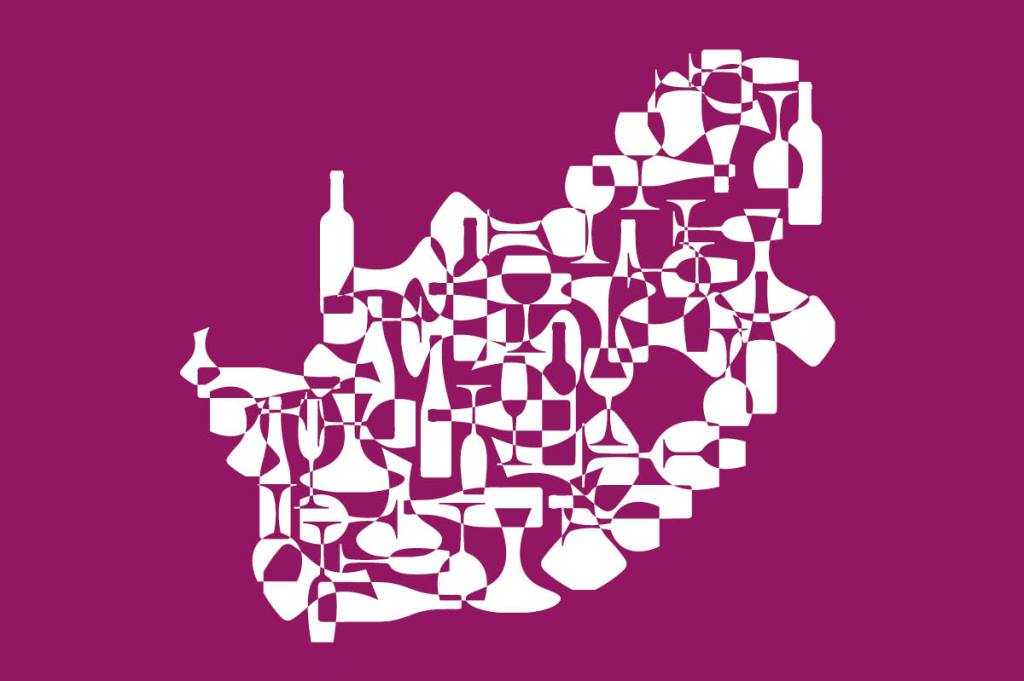







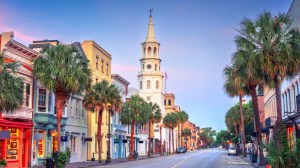
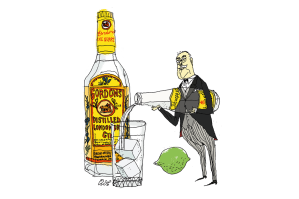
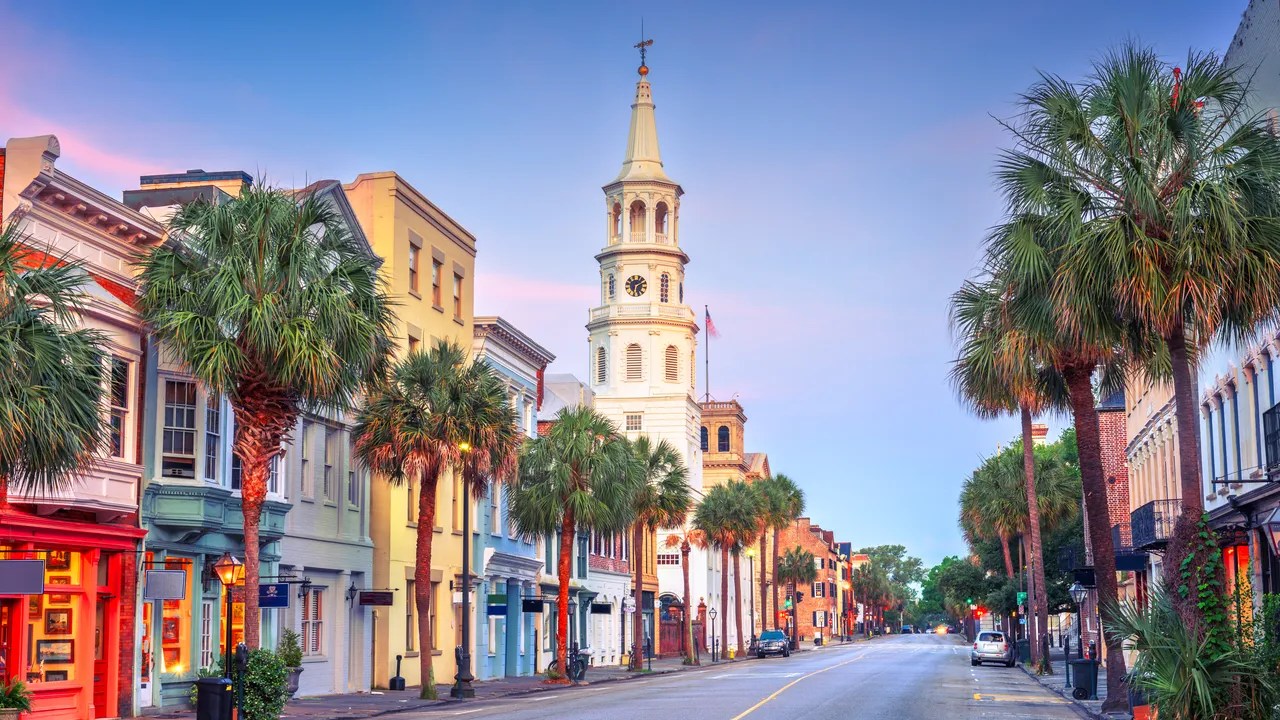
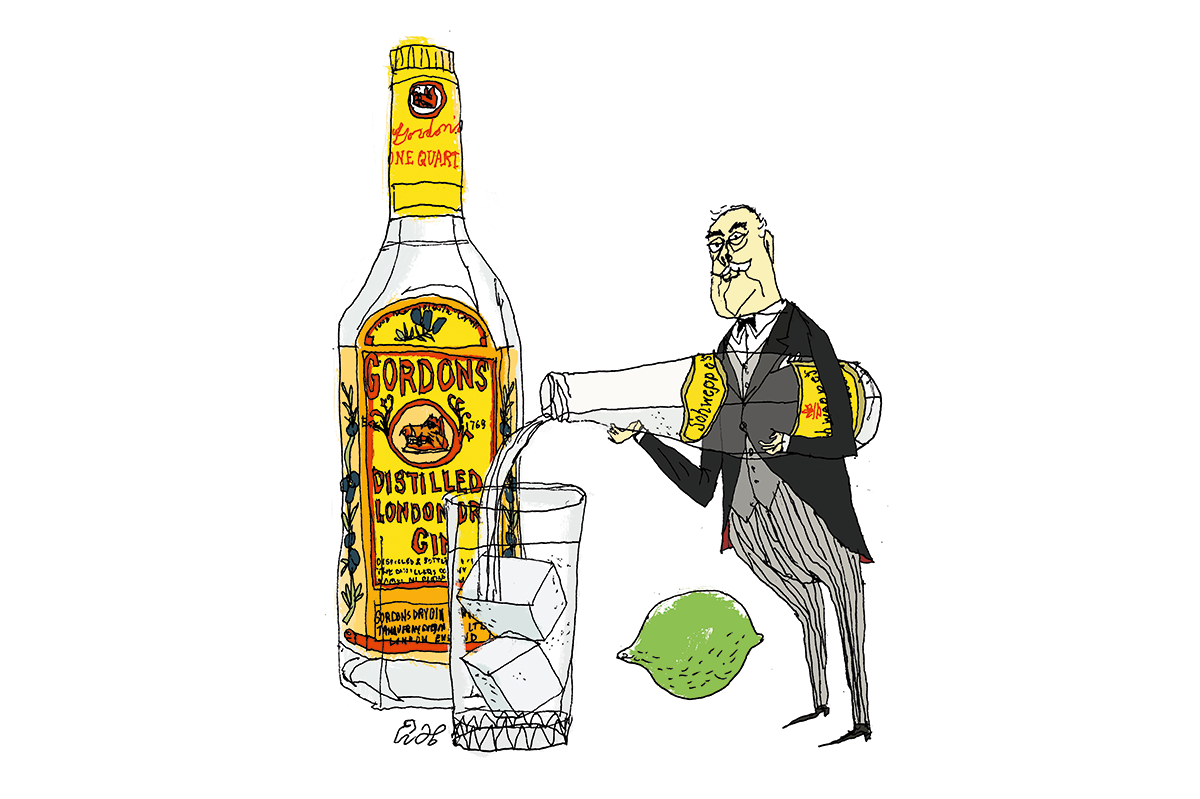
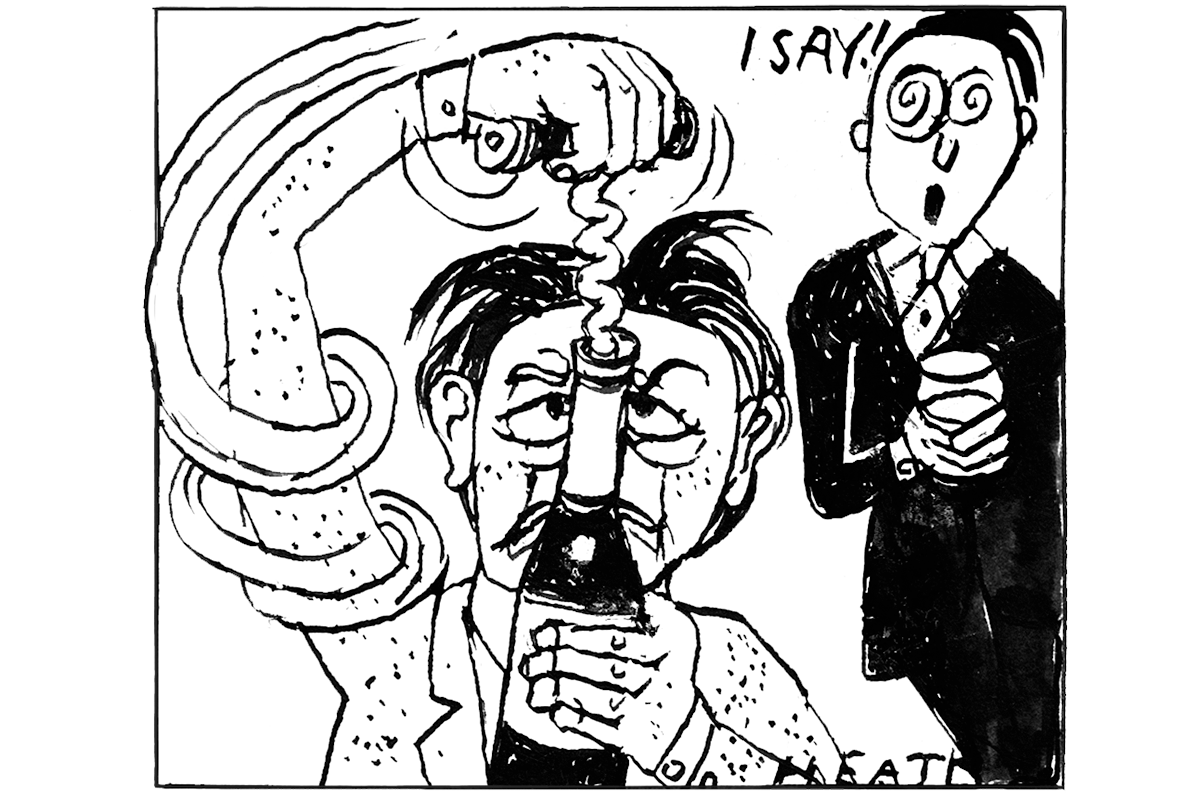
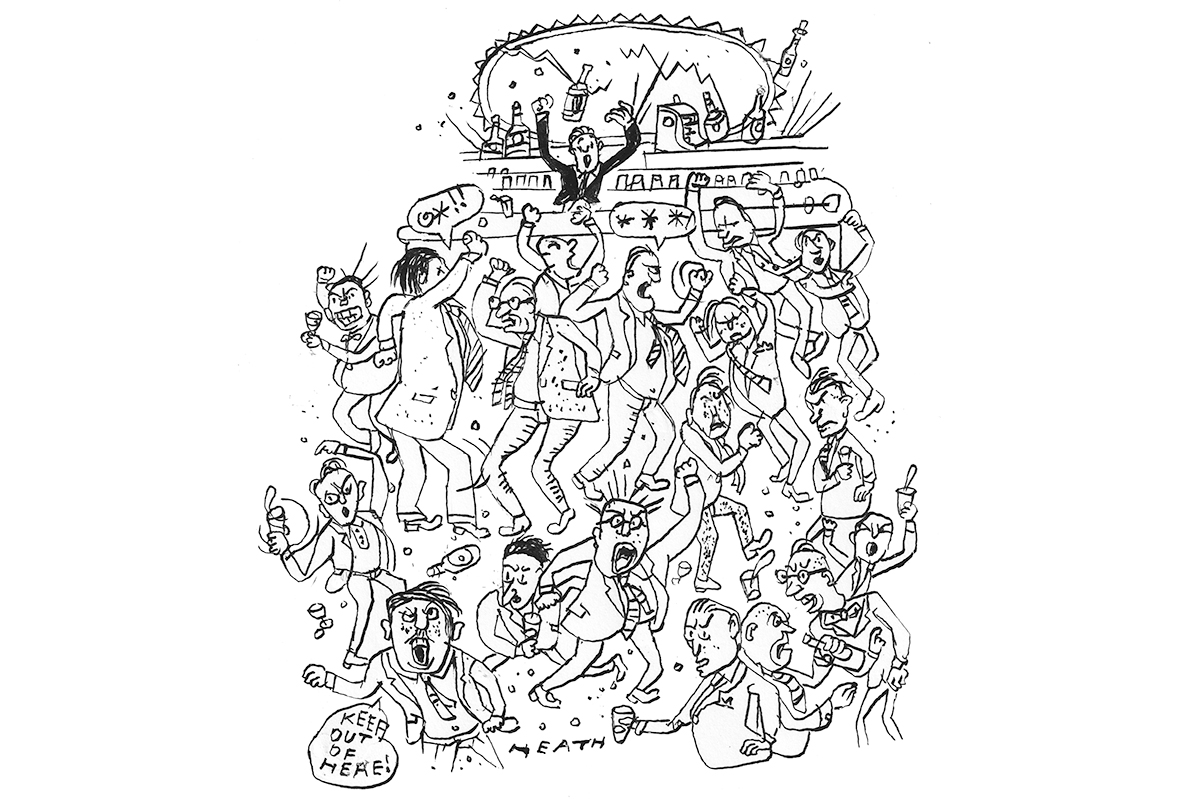
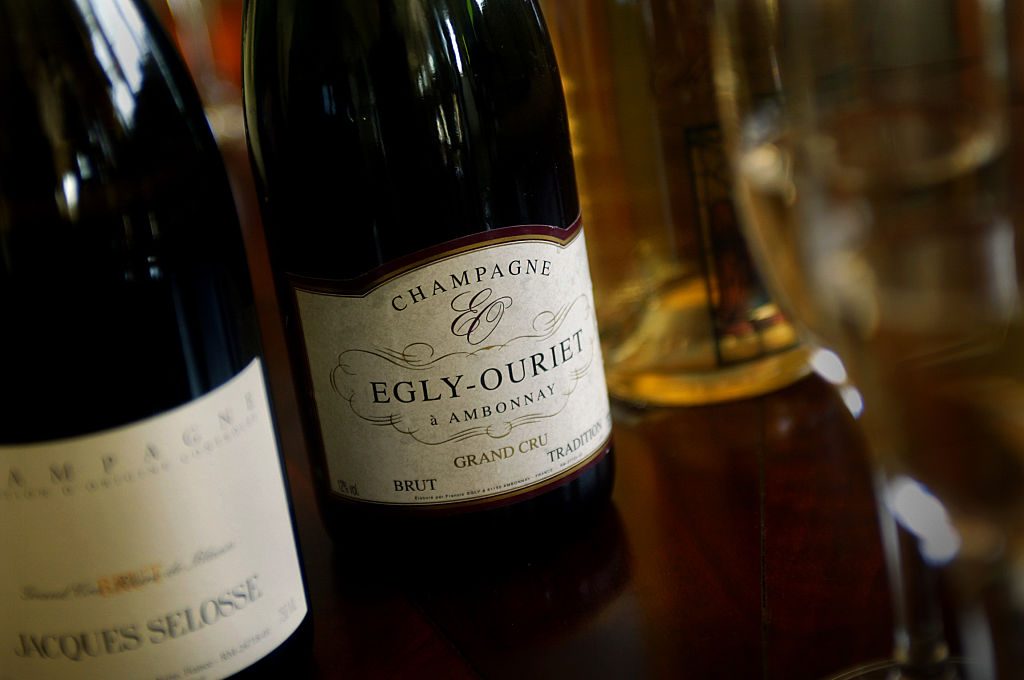
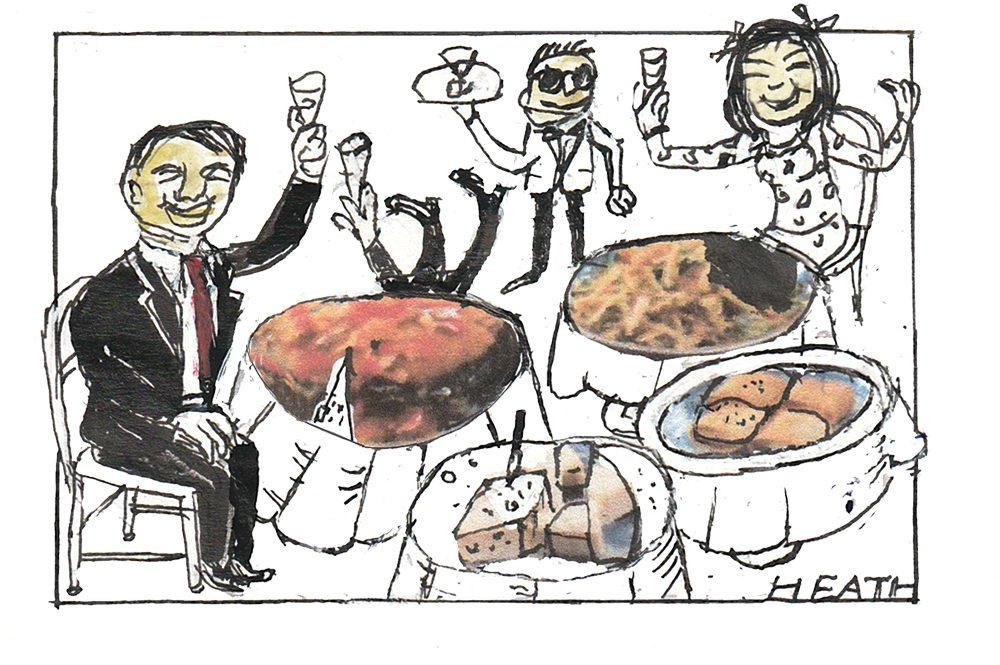







Leave a Reply